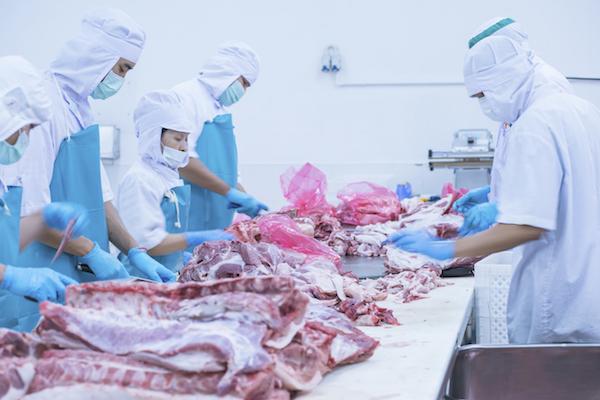The manner in which livestock are mustered, yarded, handled, transported, restrained, slaughtered, and exsanguinated can affect their welfare and final meat quality. Welfare requirements dictate that animals should be insensible to noxious, potentially painful, stimuli during slaughter. In abattoirs, pre-slaughter stunning is usually applied to induce rapid desensitisation of animals to the pain of slaughtering, and to minimise bodily injury risks to abattoir personnel. This is important as the neck region contains a number of sensory nerve fibres that are capable of triggering powerful reflex reactions upon throat cut; therefore, stunning should be done effectively. This minimises the possibility of animals regaining consciousness, and renders the animal insensible during the throat cut. The insensibility should last until total cessation of vital signs. Stunning procedures in cattle include the use of electrical and mechanical (penetrating and non-penetrating) stunning. Electrical stunning in cattle, however, has been associated with blood speckle and blood splash in the carcase. With mechanical stunning, the intent is to cause concussion with or without penetration. The power of the mechanical stunner can be adjusted to suit the size of the animal handled.





